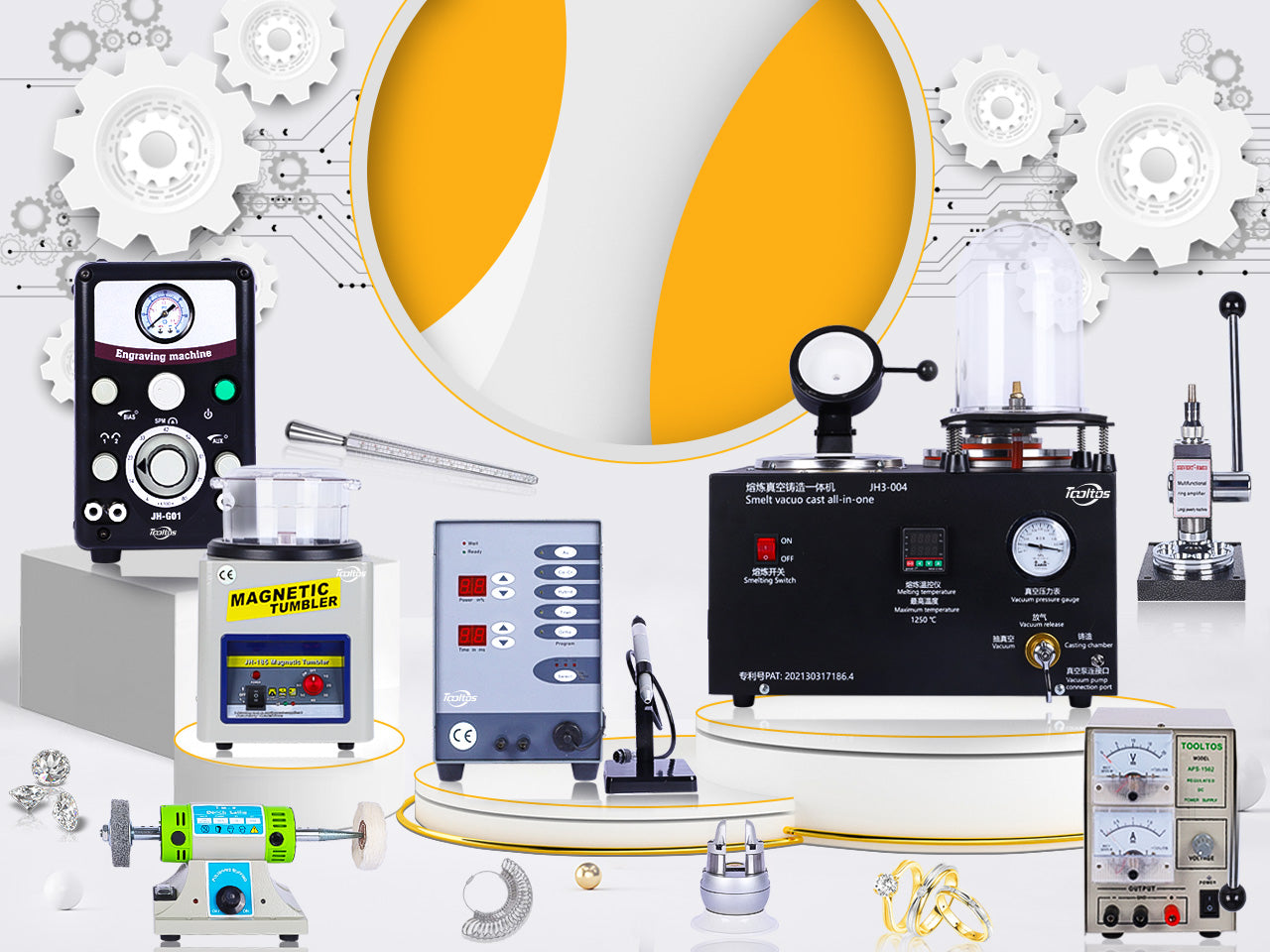Stone setting is a fundamental skill in jewelry making that involves securely placing gemstones into metal settings to create exquisite pieces of wearable art. If you’re new to jewelry making, the process can seem overwhelming at first. But with the right tools, materials, and techniques, you can develop the expertise needed to set stones beautifully. Here’s a guide to help you gather the essential tools and materials for successful stone setting.
1. Gemstones
The first and most important requirement for stone setting is, of course, the gemstones themselves. These can range from precious stones like diamonds, rubies, and emeralds to semi-precious stones such as amethysts, sapphires, and garnets. The shape, size, and cut of the stones will dictate the type of setting required.
2. Metal Settings
Metal settings are what hold the gemstones securely in place. They can be crafted from various metals like gold, silver, platinum, or other alloys, depending on your project’s design, budget, and style preferences. Popular settings include bezels, prongs, channels, and flush settings, each serving a unique function and look.
3. Essential Setting Tools
To set stones effectively, you’ll need a few specialized tools:
- Bezel Pusher: Used for pushing and securing stones in bezel settings.
- Prong Pusher: Designed to bend prongs over gemstones to hold them in place.
- Burnisher: Utilized to smooth and polish the metal around the stone once it’s set.
- Pliers: Useful for gripping, bending, and adjusting metal settings.
- Files: Help shape, refine, and smooth the metal settings for a snug fit around the stone.
4. Workbench
A stable workbench is crucial for stone setting, providing a sturdy surface for precision work. A bench with a comfortable height and a vise to hold your jewelry securely will make the process easier and more efficient.
5. Proper Lighting
Good lighting is essential for stone setting. It ensures you can see the tiny details necessary for accurate gemstone placement. Natural daylight or specialized jewelry lamps are ideal for reducing eye strain and improving precision.
6. Safety Equipment
Since stone setting involves using sharp tools and handling delicate materials, safety is a top priority. Make sure you have the right safety gear, such as:
- Safety Glasses: Protects your eyes from flying debris or accidental tool slips.
- Finger Guards: Shields your fingers when using sharp tools.
- Gloves: Provides added grip and protection when handling metals.
7. Expertise & Skill
Stone setting is an art that takes practice to perfect. Mastering different techniques like prong setting, bezel setting, and channel setting requires both skill and patience. Start with simple settings and gradually work your way up to more complex designs as you build confidence.
In Summary: Mastering Stone Setting
To excel in stone setting, you’ll need a combination of quality materials, the right tools, and hands-on experience. By investing in gemstones, metal settings, specialized tools, a solid workbench, good lighting, and proper safety gear, you’ll be well-equipped to create stunning jewelry pieces.
Don’t forget that stone setting takes time and patience to master, but with practice, you can create beautiful, professional-quality jewelry that will impress your clients and customers. Happy setting!


0 commenti